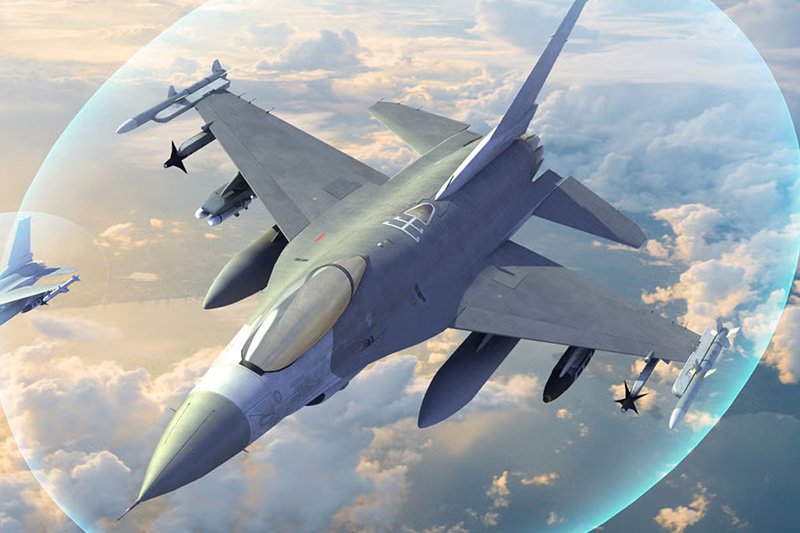China’s Twin-Seat J-20S with WS-15 Engine Unveiled
China’s aerospace industry has reached a potential turning point with the emergence of a twin-seat J-20 variant equipped with the long-anticipated WS-15 engine. Shared video footage from Chinese military observers suggests a significant breakthrough in the country’s indigenous fighter jet technology. “China’s Twin-Seat J-20S with WS-15 Engine Unveiled”.
A Technological Milestone
The aircraft, spotted painted in yellow primer, represents a prototype that could mark a transformative moment for Chengdu Aerospace Corporation’s development efforts. The integration of the WS-15 engine into a twin-seat platform signals a potential maturation of China’s advanced propulsion technology.
The WS-15: Bridging Technological Gaps
The WS-15 engine is more than just a mechanical component it represents China’s ambitious quest to eliminate technological dependencies and achieve aerospace self-reliance. Designed as a high-thrust, afterburning turbofan, the engine is capable of generating 18 to 20 tons of thrust, positioning it competitively alongside advanced Western propulsion systems.
Key Performance Characteristics
The engine’s most critical innovations include remarkable capabilities in supercruise performance, offering improved fuel efficiency, a reduced infrared signature, and enhanced maneuverability in high-altitude and high-speed scenarios. These characteristics represent a significant leap forward in aerospace engineering.
Strategic Implications
Beyond technical specifications, the WS-15 embodies China’s broader strategic ambitions in military aviation. By developing an indigenous engine, China aims to break free from previous reliance on imported Russian engines and establish a more sovereign defense industrial base.
Technological Challenges and Breakthroughs
The road to developing the WS-15 has been fraught with significant challenges. Early prototypes encountered substantial hurdles, including complex thermal management issues, material durability limitations, and difficulties in producing advanced single-crystal turbine blades. These obstacles proved formidable, requiring extensive research and innovative engineering solutions to overcome fundamental performance constraints.
The program struggled with achieving consistent high-thrust performance, reflecting the immense complexity of developing cutting-edge aerospace technology a challenge that even established powers like the United States and Russia continually face.
Future Potential
The WS-15’s success extends far beyond the immediate J-20 program. Its versatile design offers potential adaptation for future sixth-generation fighters, strategic bombers, and unmanned combat air vehicles. This adaptability transforms the engine from a mere technological achievement into a cornerstone of China’s next-generation aerospace capabilities.
Geopolitical Significance
The emergence of a competitive indigenous engine represents more than a technological milestone. It signals China’s potential to alter the strategic balance in the Indo-Pacific region, offering a stealth fighter platform that could challenge Western air superiority and reshape global military technological hierarchies.
Also read this: Anduril’s Unmanned Submarine Reaches New Milestone
Ongoing Development
While recent prototypes show promising improvements, the WS-15 program remains in a critical testing phase. The appearance of a twin-seat J-20S powered by this engine suggests growing confidence in its capabilities and marks a potentially transformative moment in China’s aerospace development.
The WS-15-powered J-20S symbolizes China’s aerospace ambitions a testament to technological persistence, strategic vision, and the relentless pursuit of military innovation. As development continues, the world watches closely to see how this platform might reshape future aerial combat capabilities, potentially marking a new chapter in global military aviation technology.
Keep connected with us at Facebook, Twitter, YouTube, Instagram & TikTok for latest defense happening around the globe.
Discover more from International Defence Analysis
Subscribe to get the latest posts sent to your email.












